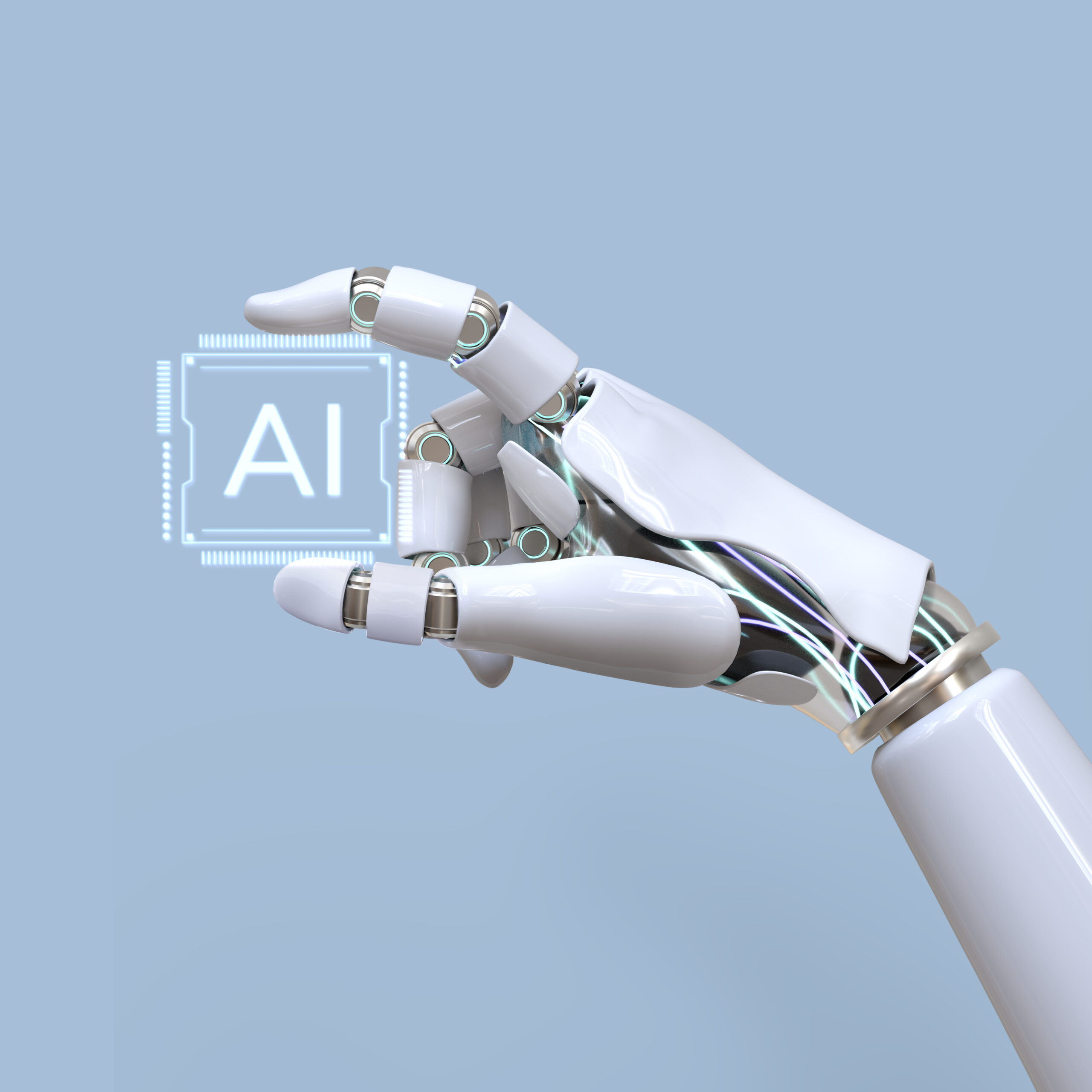Top Trends in AI Shaping the Future of Technology

Artificial Intelligence (AI) has moved from a buzzword to an essential tool driving innovations across industries. From personalized recommendations to autonomous vehicles, is shaping the future of technology at an unprecedented pace. As the landscape evolves, several key trends in are emerging, each with profound implications for both businesses and consumers. Let’s explore some of the top trends that are shaping the future of technology.
1. Generative: Creativity Redefined
One of the most exciting advancements in AI is generative, where algorithms can create entirely new content—whether it’s text, images, music, or even code. Tools like GPT-4 and DALL-E are leading the charge by generating human-like conversations and realistic imagery, respectively. This innovation is being used in industries like marketing, design, entertainment, and software development, making creative processes faster, more personalized, and more accessible.
Generative also opens up new possibilities in art, entertainment, and even scientific research. For example, AI-generated art is already being exhibited in galleries, and machine learning models are being used to generate new protein structures in biology. As this trend matures, we’ll see taking a more active role in content creation across various fields.
2. AI in Healthcare: Precision and Personalization
Healthcare is experiencing a revolution powered by AI, which is helping professionals diagnose diseases, predict outcomes, and personalize treatments with greater accuracy. algorithms are being used to analyze complex medical data, from CT scans to genetic profiles, allowing doctors to provide more tailored and effective treatments.
One particularly promising area is predictive analytics, where can help predict patient outcomes based on historical data, improving early detection and prevention strategies. For instance, systems are being deployed to detect cancer in its early stages or even predict the likelihood of heart disease based on genetic factors. AI is also facilitating drug discovery by identifying potential treatments faster than traditional methods.
As becomes more ingrained in healthcare, it has the potential to save lives, reduce costs, and make healthcare more accessible to underserved populations.
3.Autonomous Systems: From Cars to Cities
Autonomous vehicles, drones, and robotics are transforming transportation and logistics. Self-driving cars, powered by sophisticated algorithms, are nearing widespread use, promising to reduce accidents, increase efficiency, and even reshape urban planning. Companies like Tesla, Waymo, and Uber are leading the push toward fully autonomous driving, while delivery drones and robots are beginning to revolutionize how goods are transported in cities.
Beyond individual cars, is also driving the development of smart cities. These urban environments are embedded with driven sensors and systems to optimize energy use, reduce traffic congestion, and improve public services. In the future, could manage everything from traffic lights to public transportation, creating more efficient, eco-friendly urban spaces.
4. Ethics and Governance: Navigating Challenges
As AI becomes more powerful, the conversation around AI ethics and governance is gaining momentum. Concerns about privacy, security, bias, and accountability are forcing policymakers, technologists, and business leaders to rethink how should be designed, deployed, and regulated.
Issues such as bias—where algorithms may unintentionally reinforce societal biases—and data privacy have become central debates. Efforts are underway to create ethical frameworks and regulatory standards to guide development responsibly. In Europe, for example, regulations like the GDPR (General Data Protection Regulation) aim to protect individuals’ data privacy, while organizations such as the IEEE have published guidelines for ethically aligned design.
In the coming years, expect to see a stronger emphasis on building transparent, fair, and accountable systems that benefit society while minimizing risks.
5. Natural Language Processing (NLP): Bridging the Communication Gap
Natural Language Processing (NLP) is one of the fastest-growing fields within AI. NLP enables machines to understand and generate human language, leading to more intuitive human-computer interactions. From virtual assistants like Siri and Alexa to advanced chatbots used by customer service teams, NLP is making technology more accessible and user-friendly.
Recent advancements in NLP, such as transformers and large language models like GPT-4, are improving the accuracy of machine translation, sentiment analysis, and text summarization. These developments have far-reaching applications, from enabling real-time translation across languages to enhancing search engines with more relevant results.
As NLP continues to evolve, we can expect smarter, more seamless communication between humans and machines, breaking down language barriers and enhancing global connectivity.
6. AI-Powered Edge Computing: Real-Time Processing at the Source
Edge computing refers to processing data closer to the source of data generation, rather than relying on cloud-based systems. With the rise of the Internet of Things (IoT), where billions of devices are connected and constantly generating data, edge computing powered by becoming essential.
At the edge allows for real-time data analysis, reducing latency and improving the responsiveness of devices like smart home systems, industrial robots, and autonomous vehicles. It also offers enhanced privacy and security, as sensitive data can be processed locally rather than being sent to centralized servers.
As the number of connected devices continues to explode, AI-powered edge computing will become crucial for ensuring these systems operate efficiently and securely.
7. AI in Cybersecurity: Battling Evolving Threats
Cybersecurity threats are becoming more sophisticated, but so are the AI tools designed to combat them. AI is being used to detect and respond to security breaches, analyze potential threats, and even predict future vulnerabilities. Machine learning models can scan vast amounts of network data to identify patterns indicative of a cyberattack, enabling organizations to respond more quickly to security incidents.
AI is also being deployed to enhance encryption techniques, making it harder for malicious actors to exploit vulnerabilities. With cyberattacks becoming more frequent and complex, role in safeguarding digital infrastructure is expected to grow significantly.
Conclusion
The future of technology is inseparable from AI. From transforming industries like healthcare and transportation to redefining creativity and bolstering cybersecurity, AI is shaping the next generation of innovations. As these trends continue to evolve, the challenge will be ensuring that is developed responsibly, ethically, and inclusively, so that the benefits of this technology are shared by all.






